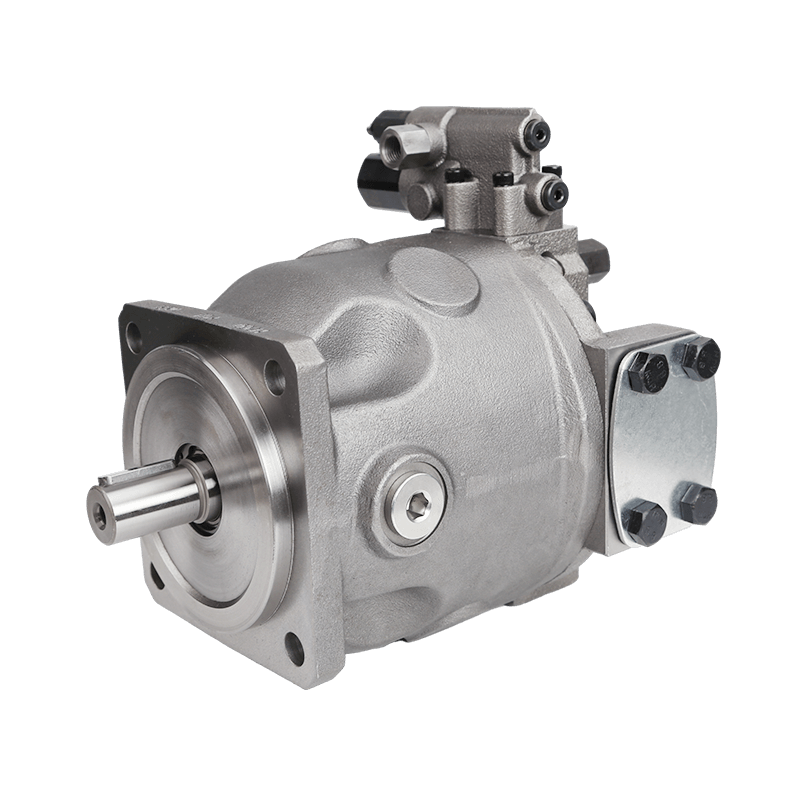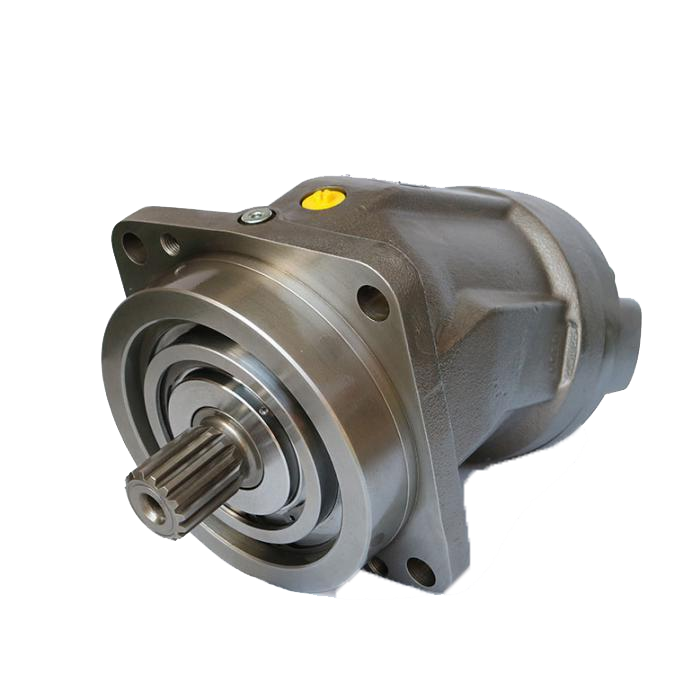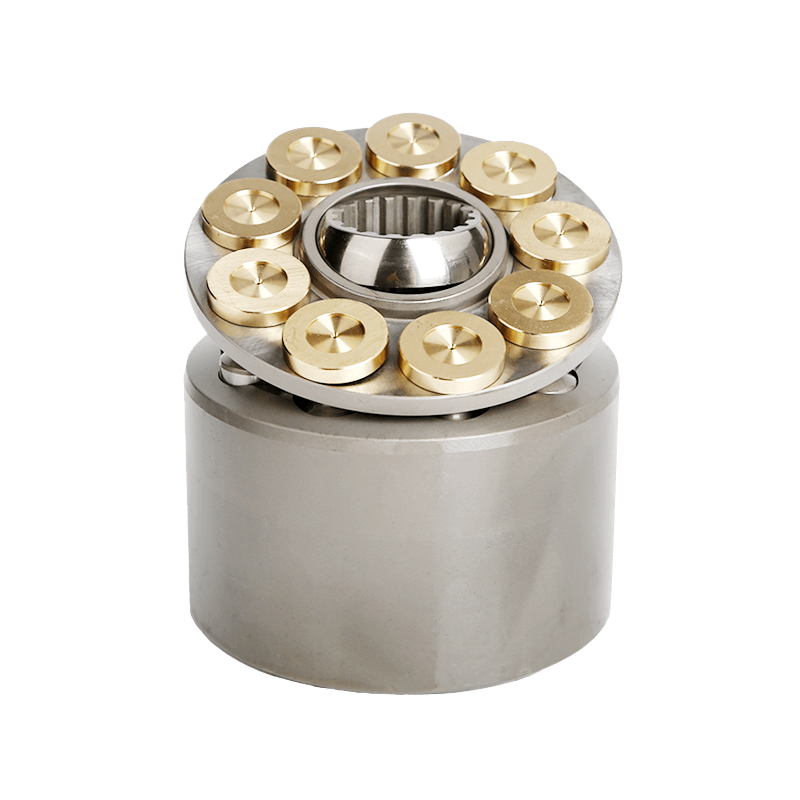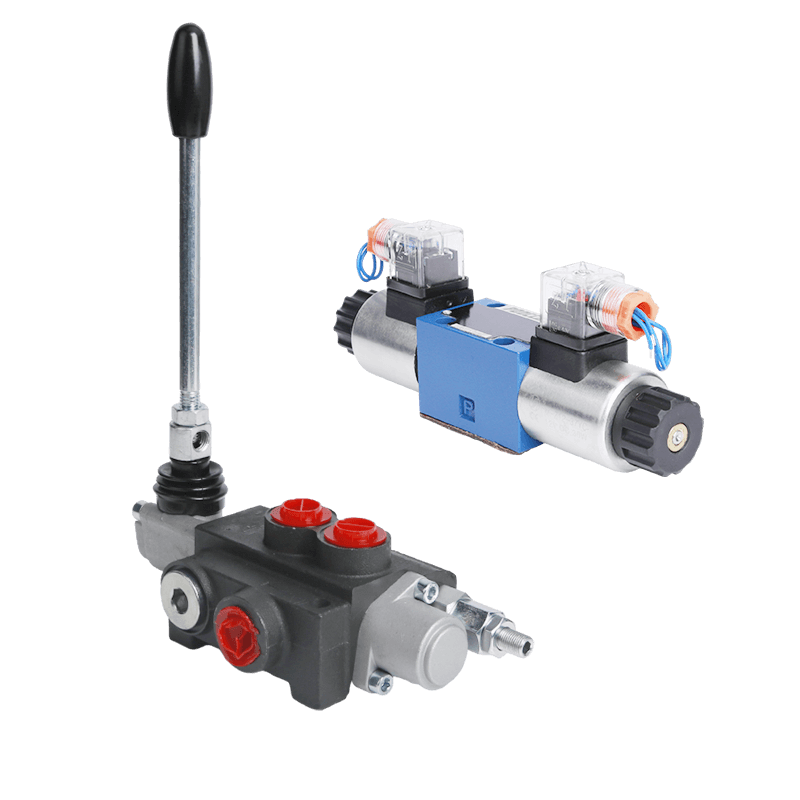A Brief History of Hydraulics in Tractors
Early Mechanical Systems and the Need for Hydraulics
Before 液压系统 came into play, tractors depended a lot on mechanical parts and hard manual work to handle attachments. Tools like plows and seeders were either stuck in place or adjusted by hand. This made farming jobs slow and tough on the body. Picture trying to hoist a 1,000-pound plow with just your hands—it’s simply not doable! This struggle showed a clear need for a better way to transfer power.
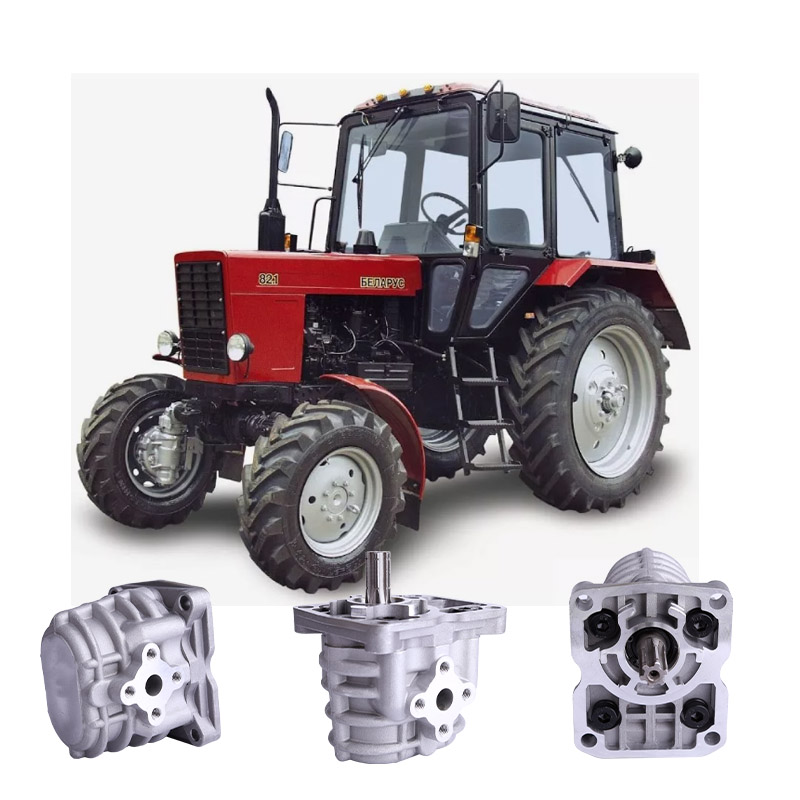
Introduction of Hydraulic Technology in Agricultural Machinery
Things took a big turn when Harry Ferguson came up with the three-point hitch system. This clever setup linked tractors to tools using hydraulics. It didn’t just change how equipment was hooked up. It also brought in hydraulic lifting power, making control smooth and simple. Thanks to this, farmers could raise plows, seeders, and other gear without breaking a sweat, leaving tough manual work behind.
Evolution of Tractor Hydraulics Over the Decades
Since Ferguson’s game-changing idea in the 1930s, tractor hydraulics have come a long way. What started as basic lifting setups has grown into complex systems with fancy control valves, sensors, and even electronic actuators. From Ferguson’s early design to the high-tech setups of today, hydraulics stays a key part of tractors, helping farms run without a hitch.
The Basic Principle of Hydraulics: Pascal’s Law
Understanding Pascal’s Law and Fluid Pressure
Hydraulic systems work because of a rule known as Pascal’s Law. It tells us that when you push on a fluid inside a sealed space, the force spreads out evenly everywhere. This idea lets hydraulic systems boost power in a very effective way.
How Force is Transmitted Through Fluids
Here’s a simple way to think about it. If you press down on a small syringe tied to a larger one, the tiny push you give turns into a much bigger force in the large syringe. In tractors, this means a small effort from pumps can lead to a huge result at cylinders or motors.
Real-World Applications of Pascal’s Law in Tractors
Here’s how it plays out in a tractor. A hydraulic pump pulls oil from a tank. Then, it sends the oil with strong pressure to a control valve. That valve guides the oil to a hydraulic cylinder, where the force moves a piston. This action lifts heavy tools with hardly any effort from the person driving.
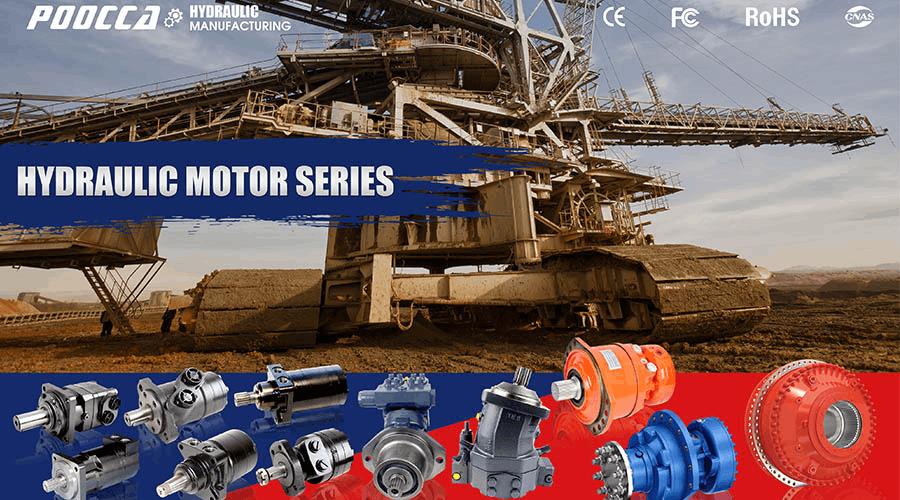
Key Components of a Hydraulic System
液压泵
Types of Pumps Used in Tractors
Tractors use different kinds of pumps like 齿轮泵, 叶片泵, 和 活塞泵. For example, POOCCA has top-notch gear pumps such as the Ronzio Z3 Series Gear Pump. These come with displacements from 20–90 cm³/rev and can handle pressures up to 310 bar. Product Introduction: High-performance cast iron cover gear pump with an aluminum alloy body.
Role of the Pump in Fluid Circulation
The pump kicks things off. It pulls oil from the tank and builds pressure up to 150–200 kg/cm². That’s enough to smash a soda can flat! This high-pressure fluid then moves through hoses and valves to get work done.
液压液
Properties and Functions of Hydraulic Fluids
Hydraulic fluid does two big jobs: it carries energy and keeps parts slippery. Hydraulic oil passes power along, greases up the pieces, and helps cool down the system by getting rid of heat.
Importance of Fluid Maintenance
Keeping the fluid clean is super important. Swap out and filter the hydraulic oil often. Make sure the system stays tidy, and always pick good-quality filters. Dirty fluid can harm parts like valves or cylinders.

Cylinders and Actuators
How Cylinders Convert Fluid Power to Mechanical Motion
Think of the cylinder as a strong metal pipe with a piston tucked inside. When pressurized oil pushes that piston, it’s like inflating a balloon. This lifts a plow or other heavy gear. This straight-line movement is vital for raising or shoving loads.
Common Uses in Tractor Attachments
Hydraulic cylinders show up a lot in front loaders, backhoes, tillers, seeders, and more. They turn hydraulic power into helpful mechanical action for all sorts of tools.
Valves and Controls
Directional, Pressure, and Flow Control Valves
阀 manage where fluid travels (directional), how much force builds (pressure), and how quick it moves (flow). POOCCA provides solid choices like P40/P80/P120 directional control valves with adjustable relief settings up to 315 bar. Product Introduction: Enhanced control valves with a compact structure and stable performance.
Managing Force and Movement with Precision
Control valves handle three tasks: raising, lowering, or keeping equipment steady. They let drivers make tiny tweaks for careful jobs like planting seeds or leveling dirt.
Common Types of Hydraulic Control Systems
Open-Center vs Closed-Center Systems
Key Differences and Operational Characteristics
Open-center systems keep fluid flowing through an open route unless valves steer it elsewhere. They’re great for basic tasks. Closed-center systems hold pressure until it’s needed. These work better for newer tractors juggling several jobs at once.
Advantages and Limitations of Each System Type
Open-center systems are simpler to take care of, but they’re not as good with changing loads. Closed-center systems save more energy, yet they need trickier parts like load-sensing pumps.
Load-Sensing Hydraulic Systems
How Load-Sensing Enhances Efficiency and Power Distribution
Load-sensing tweaks the flow based on what’s needed. This saves energy while making sure there’s enough power right where it counts. These systems adjust on their own when tools hit tough stuff like hard dirt or rocks.
Applications in Modern Farming Equipment
New tech brings brains and speed to the table. Automatic Depth & Draft Control (ADDC) uses sensors to shift tools as you go. For instance, it keeps a plow even while turning in a field. Load-sensing often ties into these smart control features.
Final Thoughts
The hydraulic system is the heart of how a tractor works. It lets tools operate with care and strength, no matter the ground they’re on. As farming gets more machine-based and focused on precision, knowing these systems helps get the best out of your equipment.
FAQ
What is Pascal’s Law?
Pascal’s Law explains that pushing on a fluid in a sealed spot sends the force out evenly in every direction.
Why is hydraulic fluid important?
Hydraulic oil moves power, greases parts, and cools the system by shedding heat.
How do I maintain my tractor’s hydraulic system?
Replace and filter hydraulic oil often, keep everything neat, and stick to top-notch filters.
What kind of pump should I choose?
It depends on what your system needs—POOCCA has options like gear pumps such as Ronzio Z3 Series or Rexroth A10VSO piston pumps for various uses.
Can I get custom solutions for my tractor hydraulics?
Yes, we offer volume discounts and can tailor solutions for bulk orders. Please reach out to our sales team for more info.
Feel free to 接触 POOCCA 今天 for your hydraulic system solution!


